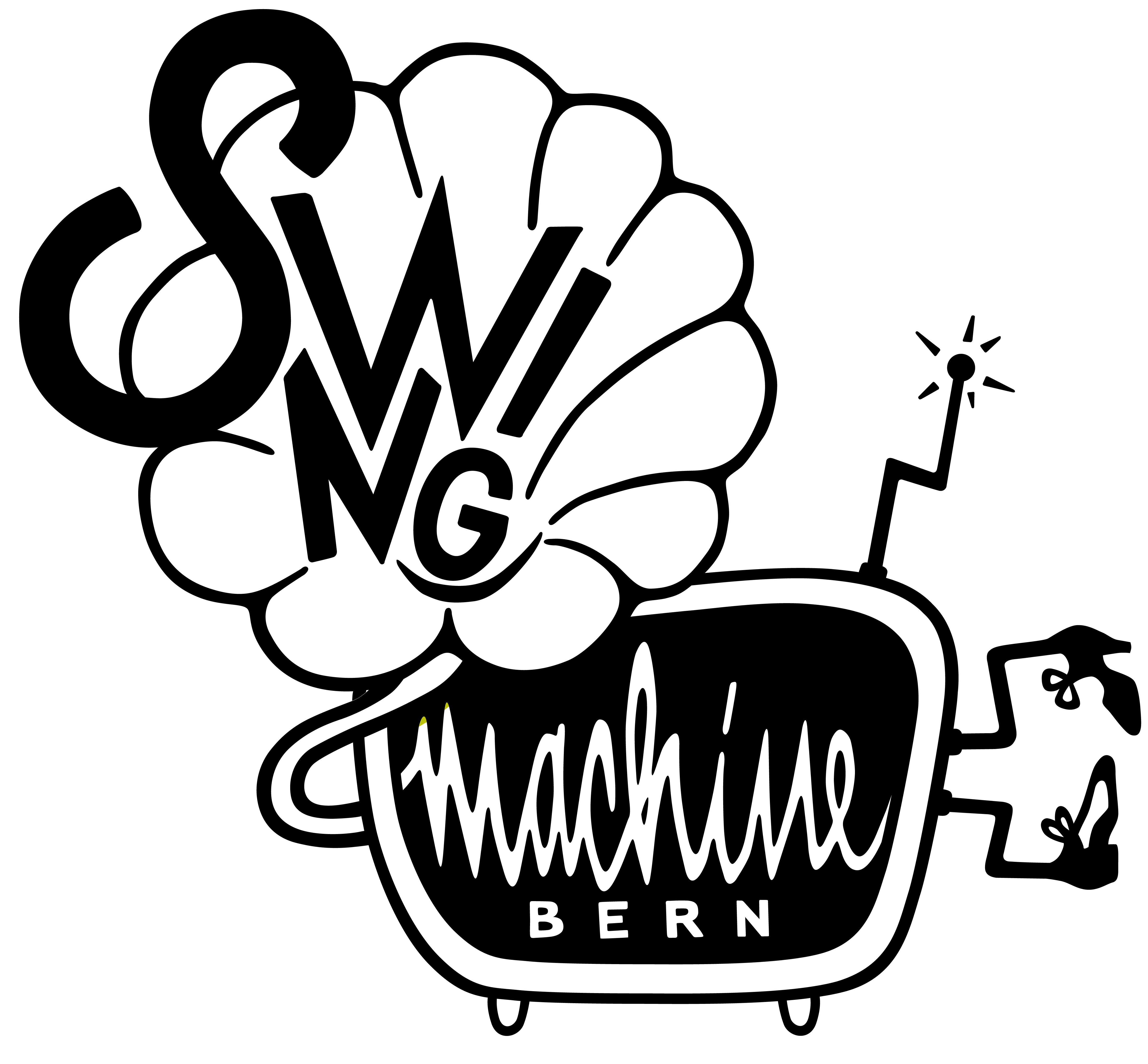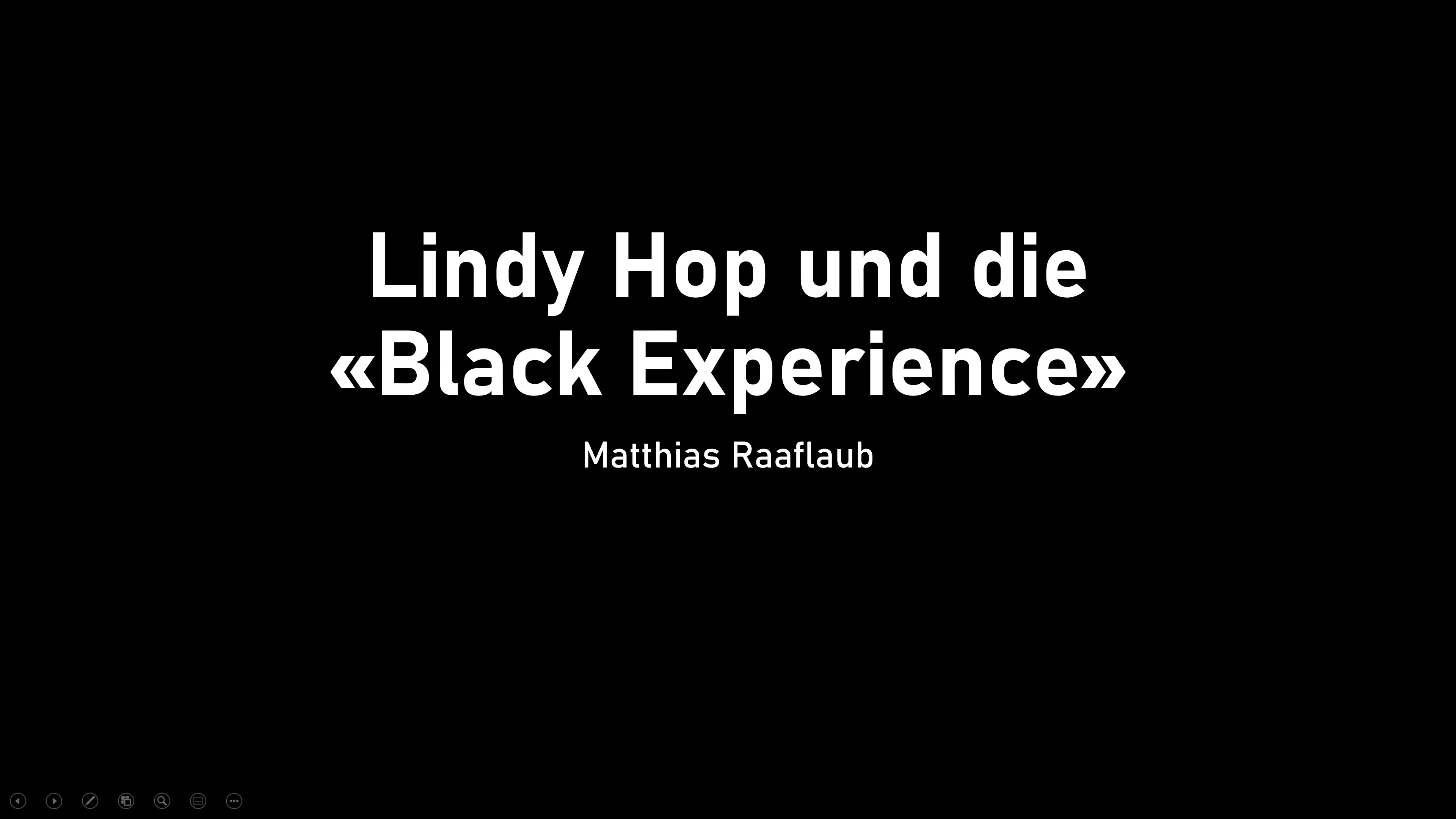Teil1
Teil2
Quellen und weiterführende Inhalte
Zur Vorbereitung des Vortrags wurden auf viele verfügbare Quellen und Beiträge zu den angesprochenen Themen zurückgegriffen, die hier gewürdigt sein sollen. Hoffentlich geben sie Anstoss zum Nachlesen und weiterführende Recherchen.
1. Beiträge, Texte, Diskussionen
Swungover, Bobby White, LaTasha Barnes: A Gaze into A Day at the Races
Swungover, Bobby White, “Whitey’s Hopping Maniacs” at the Savoy, 1937
Lisa Wade, Race, Appropriation, & Lindy Hop: How to Honor our Heroes
Frankie Manning und Cynthia R. Millman, Ambassador of Lindy Hop, Temple University Press, 2007
Langston Hughes und sein Gedicht “Harlem”, Poetry Foundation
Nicole M. Baran, Jutterbugging with Jim Crow
2. Videos und Filme:
Cakewalk, 1903 – Comedy Cakewalk, 1903, Library of Congress
Bill Robinson, Stairs dance, 1932?
“The little Colonel”, 1935, “Little Colonel Bojangles Dance”
ESDC 2011 – Lindy Hop Classic (Dax & Sarah)
Harvest Moon Ball 1938 (Movietone), Vintage Swing Dance (Bill Green)
ILHC Legacy Series, George Sullivan Interview
Lucky Skillen, “Where We Danced”, 2013
3. Bilder, Karten:
“Negroes in the United States (1904)”
“Attendants at Old Slave Day, Southern Pines”, Library of Congress
Mapping Harlem over Time, Amelia Marcantonio-Fields
Burning Car In Harlem, 1943, Getty Images – Korrektur: Das Bild stammt zeigt nicht den Protest von 1935, sondern 1943.
Harlem community collectively brings Black Lives Matter mural to life
“In New York Protests, a Night Without Curfew or Conflict”, nytimes.com, 11. 6. 2020
“Original Nashville Students combined with Gideon's Big Minstrel Carnival”, Library of Congress
“William H. West's Big Minstrel Jubilee”, Library of Congress
“Detail from cover of The Celebrated Negro Melodies, as Sung by the Virginia Minstrels, 1843”

